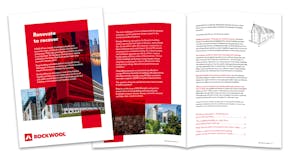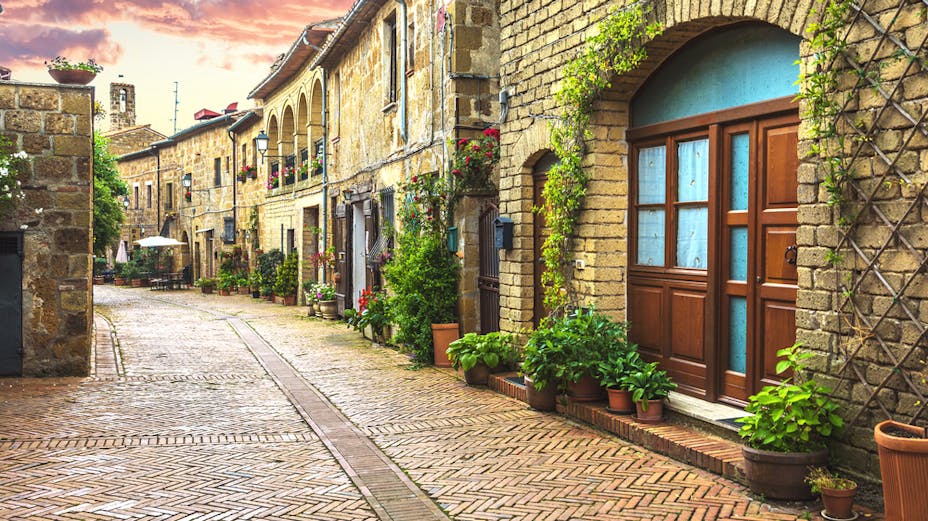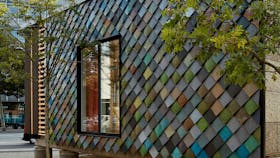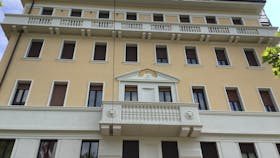With a growing demand for solutions to the challenges COVID-19 brought to Italy, the Superbonus decree announced in May 2020 shows significant promise. Green renovation has already been on the Italian agenda for more than a decade, with programmes like this aiming to incentivise investments in seismic and energy-efficient upgrades to buildings.
The financial Superbonus included in the May Decree will allow homeowners to recuperate investments that improve the energy-efficiency and seismic resilience of the country’s ageing building stocks.
How Italy is tackling COVID-19 by renovating its building stock
Italy’s plans are in line with the European Commission, which identified renovating for energy efficiency as a recovery vehicle that can provide immediate benefits to local populations. The EU Green Deal aims to start a renovation wave across the Union, as roughly 75 percent of its building stock is energy inefficient.
In Italy, renovation has become a hot topic as the country already planned to introduce climate change as part of student curriculums in 2020. The plan is to include lessons relating to as part of their students’ civics education, before integrating information into a more holistic education spanning various subjects.
Edoardo Zanchini, vice president of Italy’s leading environmental group Legambiente, said another relevant aspect is the necessity to create a solid and accessible system for the incentives, able to give certainties to people who want to benefit from them.
Taking post-COVID-19 climate action now with Superbonus in Italy
Relaunching the business and building sectors using a 110 percent Superbonus can provide immediate benefits to property owners and local contractors. The renovation scheme will allow upgrades that focus on improving thermal performance and reduce the seismic vulnerability of the country’s building stock with a 110 percent refund available to cover the cost of investment. According to Zanchini, the plan is a vital step towards recovery by boosting economic activity and helping to reduce energy poverty.
As Italy was still struggling to recover from the 2008 financial crisis, the country was one of the regions hardest hit by the COVID-19 pandemic. Providing incentives that drive energy renovation projects can support diffuse job sites and by extension, Italian families. As part of the EU’s renovation wave planning, countries should develop a long-term building renovation strategy (LTRS). Although it may not be feasible to maintain the Superbonus indefinitely, incentivising renovation until 2040 shows enormous potential to speed up the recovery of the Italian economy.
How the Superbonus renovation scheme works
The energy-efficiency of Italy’s building stock is less than the European average, with 82 percent of buildings built before they passed the first energy efficiency law. This means most Italian buildings are in the G-class according to the latest energy performance certification system, the worst efficiency rating possible.
Some of the key statistics of Italy’s building stocks are:
- In 2013, only 2 percent of buildings had an energy classification certificate.
- Of the flats sold in Italy by 2018, only a small share had an A+, A, or B energy rating.
- The majority of 1 to 3 room apartment buildings sold (85 percent) were between a D and G class.
- Of all the buildings sold in 2018, 70 percent had a status of ‘to be refurbished’, placing them in the G class.
- Only 35 percent of new buildings had an A-class energy-efficiency rating.
To accelerate the rate of renovation, the Superbonus scheme affords homeowners two options. The first allows homeowners to transfer the tax deduction to the company who performs the work, a bank, or an insurer. The owner, therefore, gets the work done for free with the investor able to recover 110 percent of the costs.
The other option is for the owners to pay upfront for the renovation costs and then recover their investment and an extra 10 percent in the form of deductions over 5 years. To qualify for the Superbonus, the renovation should improve the efficiency of the building by at least two energy classes.

Renovate to recover
COVID-19 has created simultaneous health and economic crises, on top of a climate crisis that isn’t going away. That’s why greening the economic recovery is so important. Here are four
perspectives on how building renovation has the potential to impact climate change, economic recovery and help cities create local jobs.









